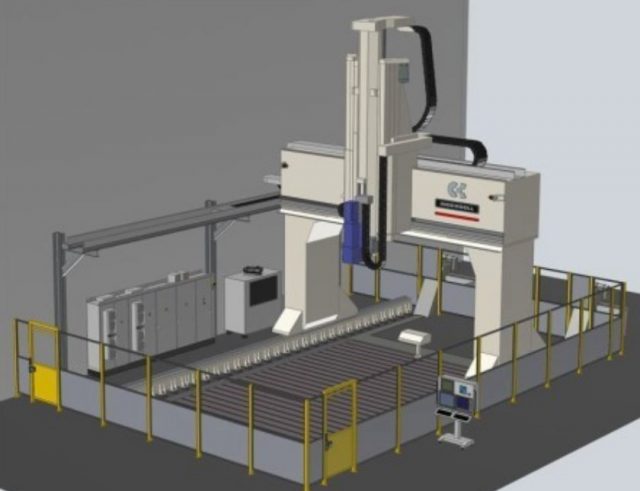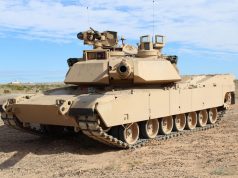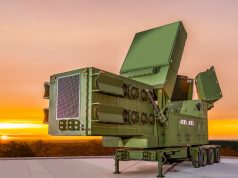The US Army plans to build the world’s largest metal 3D printer that will have the capability of printing large parts for military ground vehicles.
Called the Jointless Hull project, the effort is being coordinated and led by prime contractor ASTRO America, which will work together with subcontractors Ingersoll Machine Tool, Siemens, and MELD Manufacturing to manufacture the hull-scale machine, which uses metal additive manufacturing technology.
The 3D metal printer is expected to take 14 months to complete and will be installed at Rock Island Arsenal – Joint Manufacturing and Technology Center, a key partner which will be in charge of operations.
The machine will have the capability of a metal print size at 30 feet (9.1 m) long, 20 feet (6 m) wide and 12 feet (3.6 m) high.
“This effort will greatly expand the size envelope and our capability to make large parts that are typically required for ground vehicles,” said Ground Vehicle Systems Center (GVSC) additive manufacturing expert Dr. Aaron LaLonde.
“Readiness is one of the main drivers and benefits that will be realized out of this effort as the tool will be capable of supporting sustainment activities on a wide range of parts and in time frames that will improve readiness,” LaLonde said. “As use of the tool’s capabilities advances, additional advancements will be realized through enabling innovative design concepts that have the potential to result in performance improvements of parts, components, systems and vehicles.”
GVSC is using additive manufacturing to improve manufacturability and the logistics timeline of the supply chain.
“We’re looking to leverage the technology’s capability to more efficiently manufacture parts, reduce weight, lower costs, and improve long-term sustainment efforts, all to improve readiness,” said Brandon Pender, GVSC Associate Director for the Materials Division. “GVSC remains at the forefront of support to Army readiness through our aggressive pursuit of Advanced Manufacturing capability.”
Pender said a smaller version of the printer—capable of producing parts 3 feet by 4 feet by 5 feet—will be housed at GVSC’s Detroit Arsenal Prototype Integration Facility and used for development work to support the larger machine.
Monolithic hulls for combat vehicles have well-established advantages—especially in survivability and weight savings—but traditional manufacturing processes are not cost-effective or adaptable to full production, especially when multiple vehicle platforms are considered.
“The Jointless Hull project ultimately aims to realize an overall improvement to the complete manufacturing process and supply chain for monolithic hulls with the potential of enabling additional advancements through the additive manufacturing process combined with materials and design to improve performance,” Pender said.
While the ability to produce monolithic hulls is important, the new machine also will have the capacity to produce much larger additive manufacturing parts than currently possible.
“There are a lot of big, heavy metal parts within the Army inventory that additive manufacturing is not even an option to make simply because they don’t fit within the build envelop of the current machines available in industry,” said Joseph Kott, GVSC Materials Division Advanced Manufacturing Branch Chief. “This new machine will provide Rock Island Arsenal with an additive capability that doesn’t exist anywhere else to not only produce parts for the Army but also across the DOD.”



























